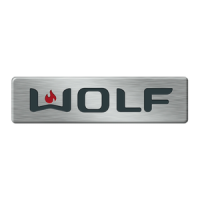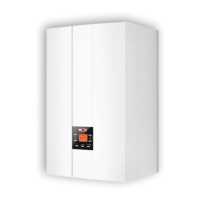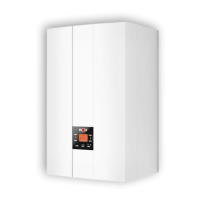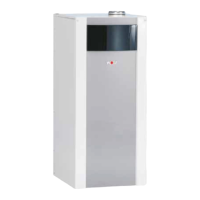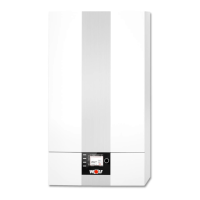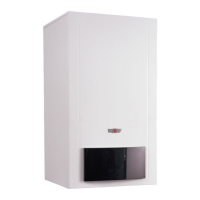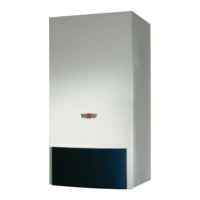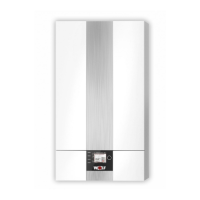How to fix Wolf Boiler radiators not warming up?
- RRebecca KaufmanAug 3, 2025
If individual radiators aren't warming up as expected with your Wolf Boiler, perform hydraulic balancing by reducing the flow rate to radiators that are already quite hot. Additionally, consider increasing the pump speed (H16).
